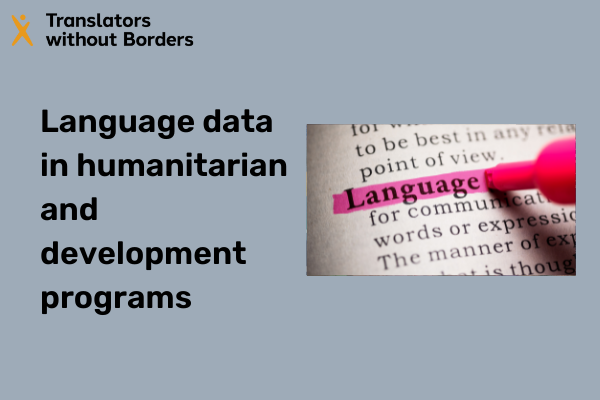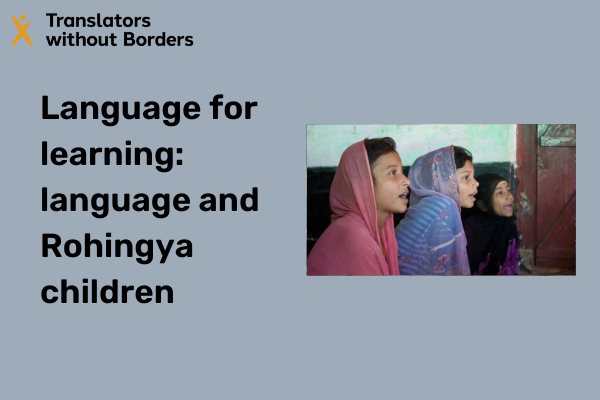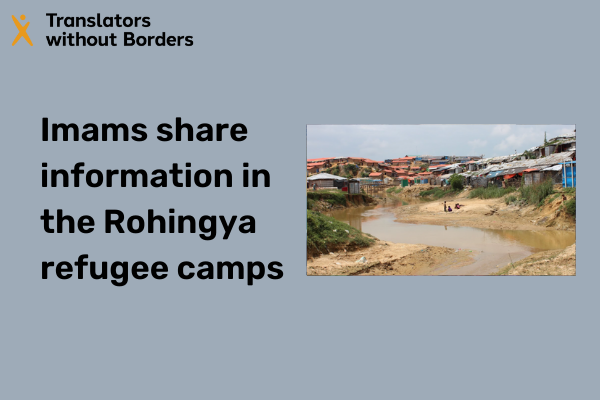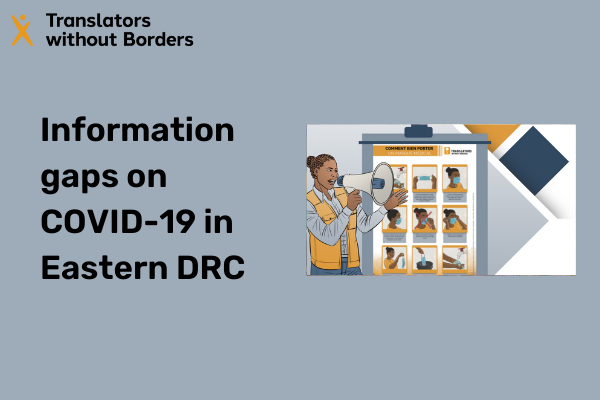In the loop: developing effective complaints and feedback mechanisms

Complaints and feedback mechanisms are an essential part of the humanitarian community’s ability to be held accountable for the assistance and protection we deliver. […]
Bangladesh and Myanmar: language needs across borders

The Rohingya are marginalized in Myanmar society, as reflected in their lack of legal status and recognition as citizens. Across the border in Bangladesh, […]
20+ language tips for effective humanitarian data collection

This infographic lists the language steps to be considered during a data collection, with tips for when such collection needs to be remote. Download […]
Five easy steps to integrate language data into humanitarian and development programs

Learn how to best incorporate language data into humanitarian and development programs for more effective community communication.
The language lesson: What we’ve learned about communicating with Rohingya refugees

Rohingya refugees have a right to information and two-way communication in their own language, in a format they understand, and through channels they prefer […]
Language for learning: How language use affects Rohingya children’s educational experience in Cox’s Bazar

This report examines how language use affects Rohingya refugee children’s educational experience in the camps around Cox’s Bazar in Bangladesh. We identified four key […]
Community health workers: The main source of health information for Rohingya women

Imams share information in the Rohingya refugee camps

Language characteristics and perspectives of long-term Rohingya refugees

Information gaps on COVID-19 in Eastern DRC
